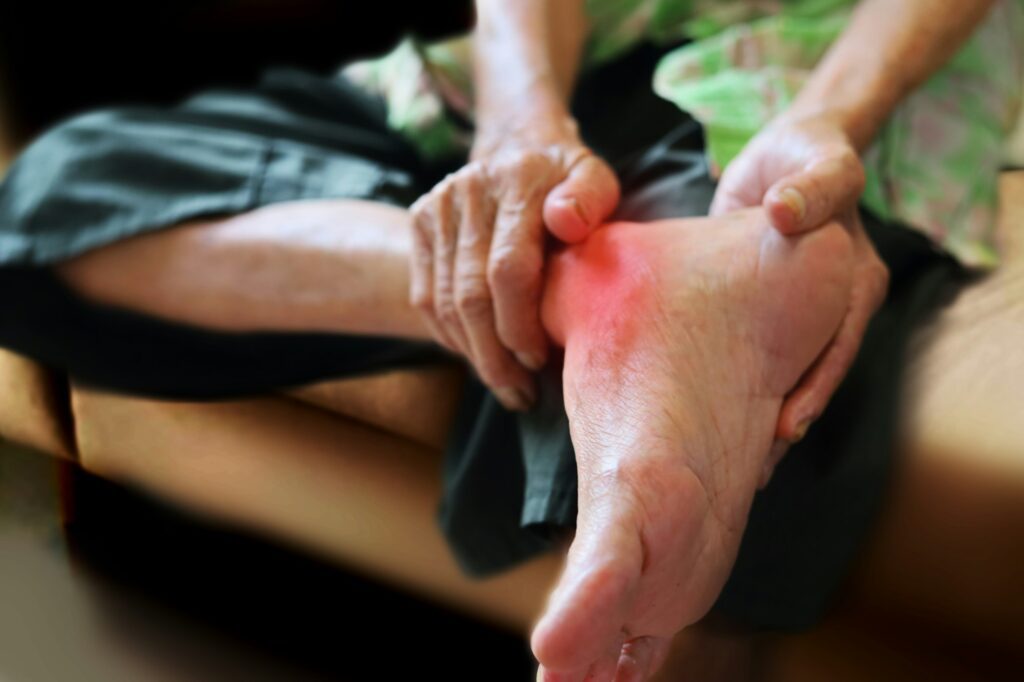Total Ankle Replacement

Table of Contents
Total Ankle Replacement - Overview
- Individuals over 50 years old who maintain a healthy weight;
- Those who suffer from severe ankle arthritis;
- Individuals who previously had unsuccessful surgeries and are in pain with limited mobility;
- Those who had a bad ankle sprain or fracture in their younger years;
- Individuals who do not suffer from advanced diabetes, compromised bone quality, or circulatory issues.
The History of Total Ankle Replacement
Ankle replacement surgery dates back to the 1970s, when a pioneering physician attempted to replace the ankle with an inverted total hip replacement. In the years that followed, efforts often failed due to a lack of a dependable surgical solution. Poor implant attachment methods, imprecise placement, and misalignment with natural joint mechanics made early attempts unsuccessful.
The surgical landscape evolved with the advent of second-generation implants in the late 1980s and early 1990s. Over the last few decades, refinements in instrumentation, materials, and engineering have propelled ankle replacement into the future. Today, patients have options when it comes to their ankle health, including Total Ankle Replacement.
Successful Outcomes of Ankle Replacement Surgery
Today, successful surgical outcomes are very good and offer a level of predictability and functionality surpassing that of ankle fusion. Unlike fusion, which curtails the ankle’s up-and-down motion, total ankle replacement preserves joint mobility, thereby enhancing overall function.
The motion of the ankle implant also serves a protective role for neighboring foot joints, mitigating the risk of arthritis development due to the amplified stress accompanying ankle fusion. Patients with ankle fusion are almost always confronted with arthritis in adjacent foot joints within a decade post-surgery.
Innovation for Ankle Care
Thanks to advances in medical technology, surgical outcomes for total ankle replacement surgery have improved greatly. The surgery now offers a level of predictability and functionality for those who are candidates for total ankle replacement surgery.
The health of the ankle radiates to all the neighboring joints. As such, ankle replacement surgery benefits the whole foot and ankle.
Ankle Replacement in the San Francisco Bay Area and Beyond
Ankle Replacement in the San Francisco Bay Area and Beyond
Dr. Jack Schuberth stands as a luminary in the realm of ankle replacement, leveraging over two decades of experience in the field, completing more that 1600 ankle replacements (with more than 400 being revisions). Renowned for his expertise, Dr. Schuberth boasts one of the most prolific ankle replacement practices on the West Coast. Complementing his clinical endeavors, Dr. Schuberth actively participates in surgical education and research endeavors, shaping the future landscape of ankle replacement surgery through his intimate involvement in implant design with several commercial vendors.
“These procedures are performed in the hospital on an outpatient basis. I allow full weight-bearing in most cases within two weeks after surgery.”
Dr. Jack Schuberth of Bay Area Foot Care
Bay Area Foot Care - Ankle Replacement Specialists

- Dr. Schuberth’s work has drawn world-renown and patients seek out his expertise as an absolute authority in Total Ankle Replacement and other advanced Foot and Ankle Treatments.
- His talent as a clinician and surgeon is legendary and his meticulous attention to detail sets an example for all who have had the privilege to work with him.

- Dr. Weinraub is a renowned reconstructive Foot and Ankle Surgeon, specializing in Ankle Joint Replacement, Trauma, Arthroscopy and Adult ankle & foot deformities.
- Past President American College of Foot & Ankle Surgeons.
- CEO of Bones Pro Bono, Vietnam Project.
Conclusion
According to Dr. Jack Schuberth of Bay Area Foot Care, “these procedures are performed in the hospital on an outpatient basis. I allow full weight bearing in most cases within two weeks after surgery.”
If you are dealing with ankle discomfort or pain, you should seek the guidance of a podiatrist for an accurate diagnosis and treatment plan. Reach out to us today at Bay Area Foot Care to restore mobility to your ankle and enhance your quality of life.


